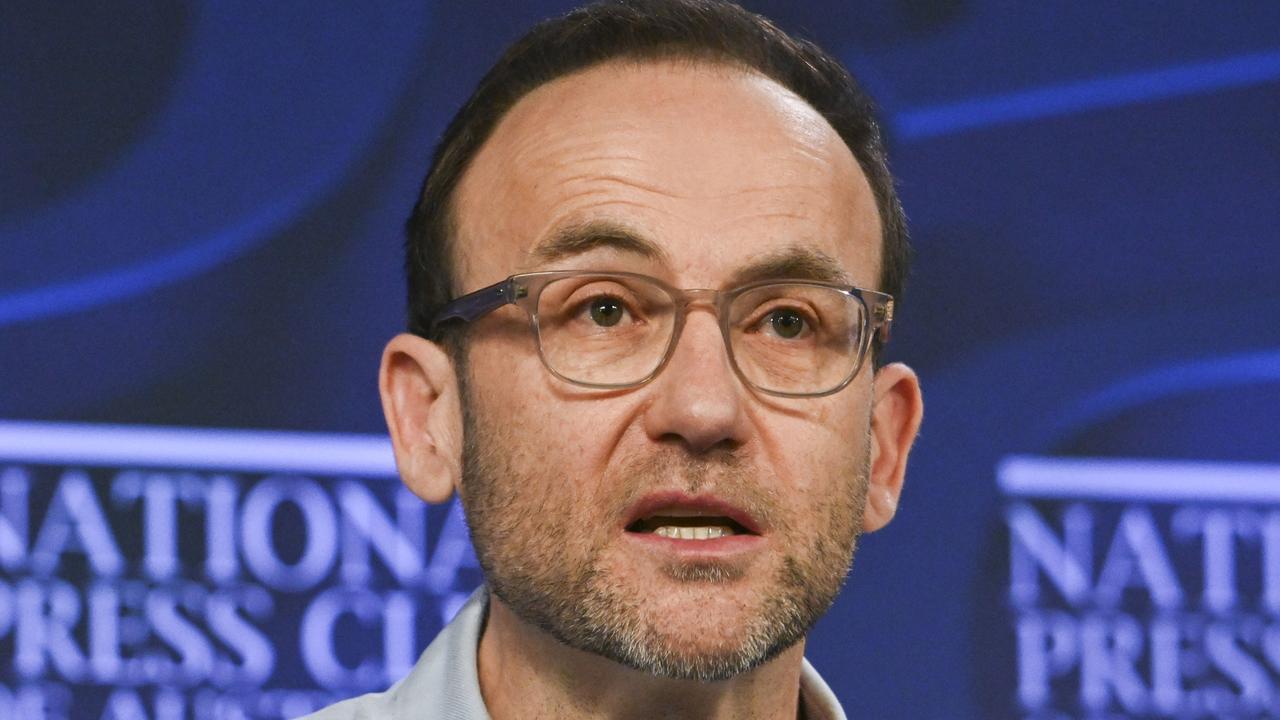UK election: Everything you need to know about UK general election 2019
Britons are set to take to the polls for their fourth major vote in less than five years, but will this latest roll of the dice pay off for PM Boris Johnson?
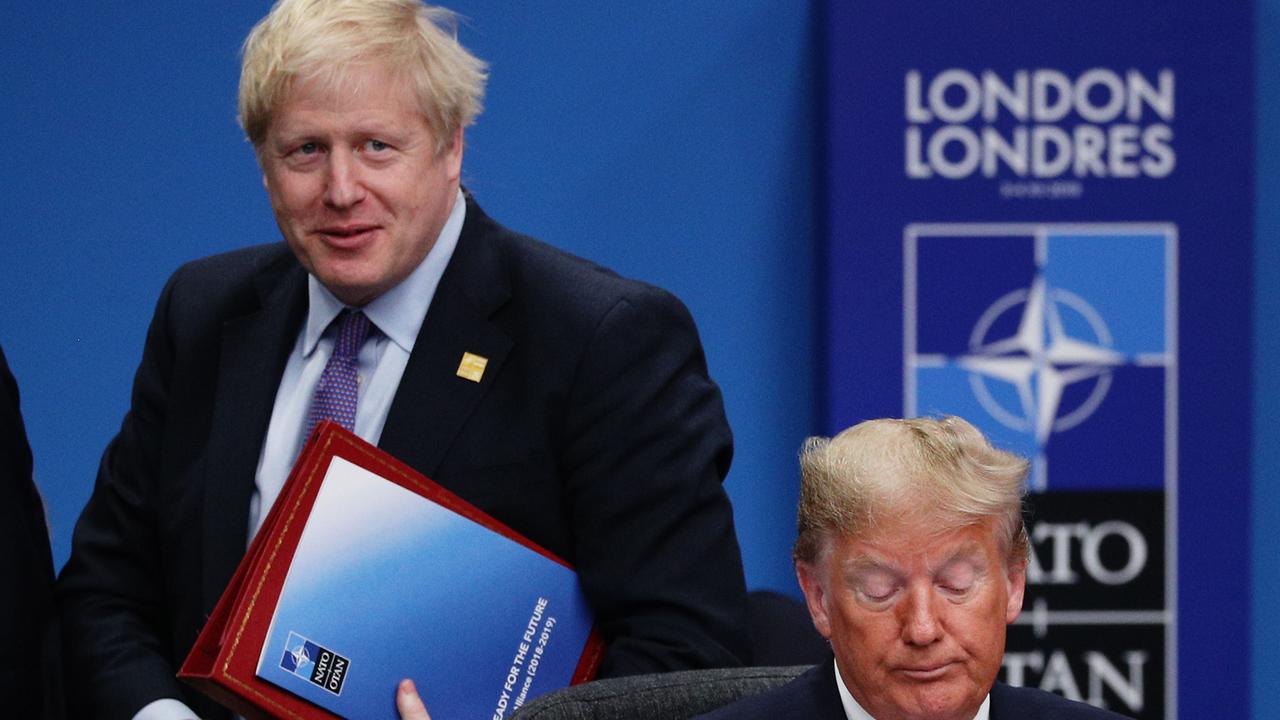
Vote-weary Brits are about to take to the polls for a general election on December 12.
It marks their fourth major vote in less than five years and is the first December election since 1923.
It’s been billed as the most critical vote in a generation and not just because it’s designed to end the Brexit paralysis in Westminster. Classic party lines, generational splits and new voter trends are all set to emerge after a torrid two years that has been marked by its toxic political debate.
Here’s what you need to know about the upcoming general election.
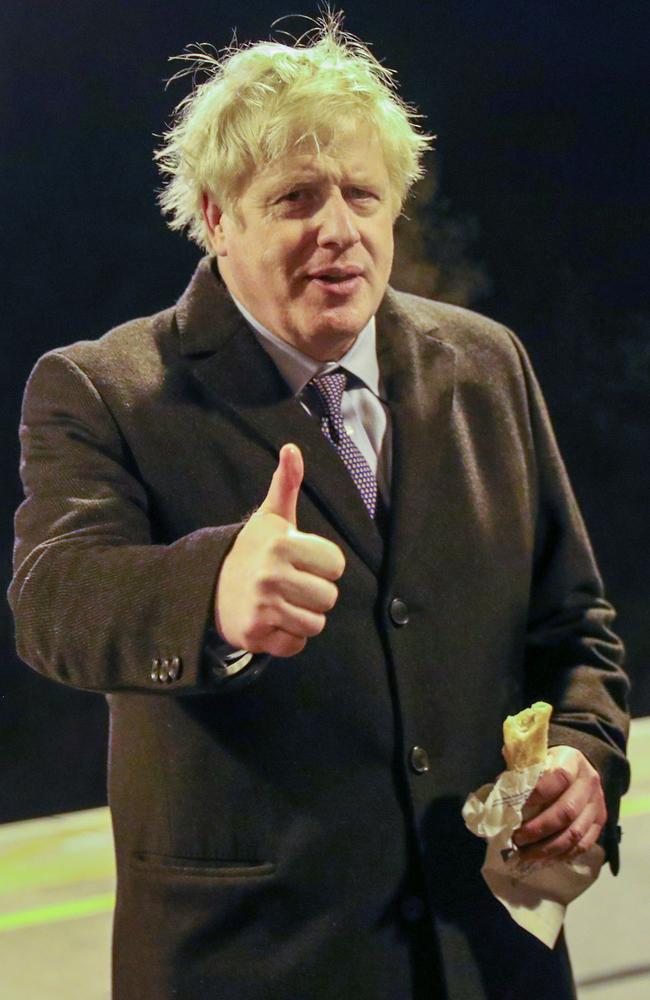
WHY NOW?
The 2019 election is an attempt to clean up the mess created by Theresa May’s snap election shortly after she became leader in 2017.
Back then, her decision was designed to deliver a stonking Tory majority and help push through Brexit. In fact, the Conservatives were decimated and forced to rely on support from 10 members of the Northern Irish Democratic Unionist Party to form a government.
This inability to govern with a clear majority – and the fact that MPs were split across party lines on Brexit – has completely paralysed the House of Commons in Westminster for the last three years.
Theresa May’s Brexit withdrawal agreement negotiated with the European Union (EU) was voted down three times, eventually forcing her resignation. When Boris Johnson became leader in July, he negotiated a new deal with the EU, which gained in principle support of MPs, after a harsh crackdown on those who voted against the government.
But despite that win for Boris, MPs rejected his plans to rush it through by October 31, 2019 and forced the government to ask for a three-month Brexit extension until January 31, 2020. Once a “no deal” Brexit was taken off the table, MPs eventually decided to hold a general election.
All 650 seats are up for grabs and after this, the next election will not be due until 2024.
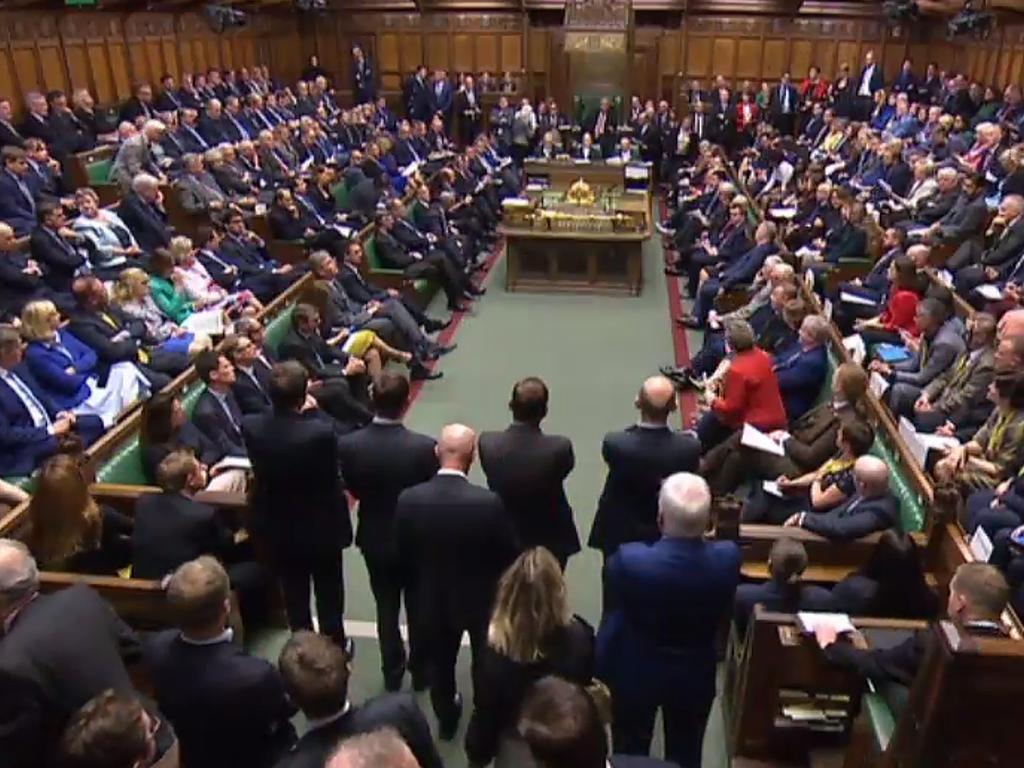
WHAT’S BORIS JOHNSON’S PLAN?
The Conservative plan is for this election to deliver a stonking majority in order to allow them to “get Brexit done” and get on with other important things that have been sidelined for years while everyone talks about Brexit.
If it sounds familiar, it’s because it’s essentially the same tactic they used in 2017. Only this time, the hope is that Boris Johnson will be a better campaigner than Theresa May proved to be.
To that end, the Conservatives have run a safe campaign spearheaded by Isaac Levido, the protégé of Australian election guru Sir Lynton Crosby, who worked on the team that delivered victory to Australian Prime Minster Scott Morrison.
The digital strategy team is run by two New Zealanders, Sean Topham and Ben Guerin, who have sparked controversy with their use of heavily edited clips to create misleading advertisements that are shared on social media.
The main focus has been Brexit and extra spending on the National Health Service (NHS) which is struggling from decades of underinvestment.
It’s also worth noting that when Conservatives say “get Brexit done” what they really mean is get the Withdrawal Agreement done – which sets out the terms of leaving the EU. Discussion of what the actual future relationship between Britain and the EU will look like hasn’t even started yet.
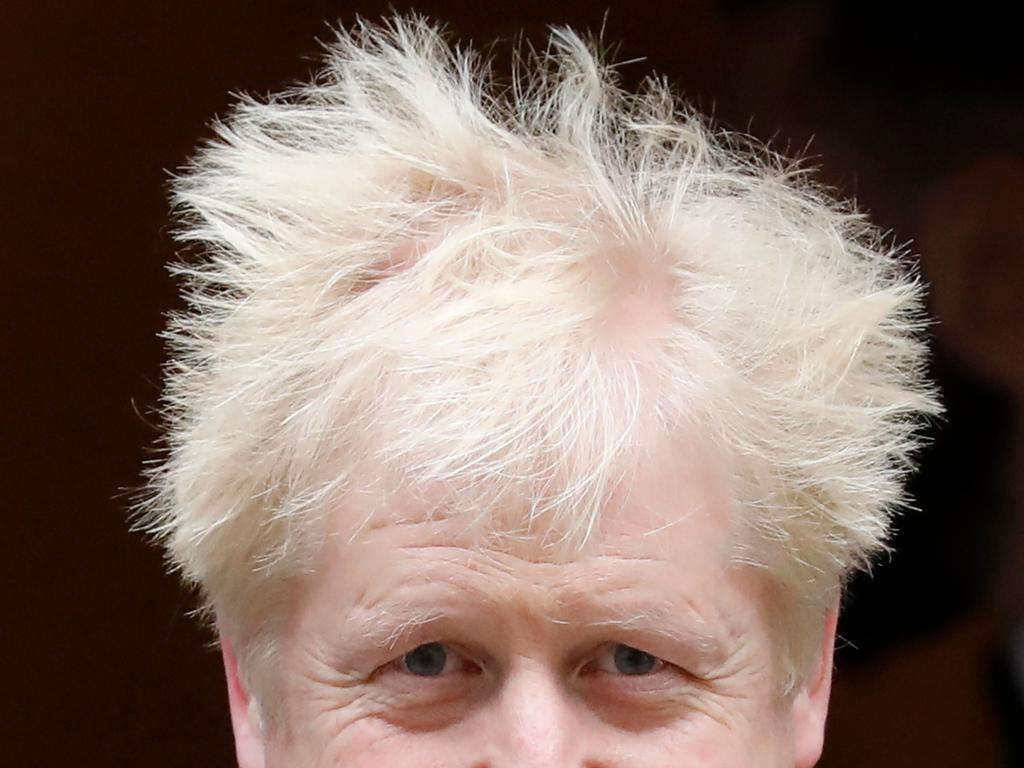
WHO ARE THE MAIN CHALLENGERS?
Britain’s first past the post electoral system means it is effectively a two-party system, with a third party, the Liberal Democrats, able to hold the balance of power.
The leader of Britain’s Labour Party is Jeremy Corbyn, 70, a veteran socialist who served as a backbench MP for years before being swept to leadership by a groundswell of support in 2015. He ran against Theresa May in 2017 and is now facing his second election as leader. Mr Corbyn is a polarising figure and his leadership has proved unpopular with Labour moderates, leading many MPs to quit their posts and ditch the party. He is campaigning on a left-wing policy platform that includes introducing a living wage, renationalising Britain’s railways, reducing tuition fees and boosting green investment.
However Labour has been engulfed in a crisis over anti-Semitism under his watch and he recently made headlines for refusing to apologise to British Jews in a high-profile interview. On Brexit, the Labour leader has remained notoriously on the fence. Labour’s plan is to win power, negotiate a new deal with the EU and put that to a second referendum with remain also on the ballot paper within six months.

Jo Swinson’s Liberal Democrats are the obvious beneficiaries from those who don’t support the Conservatives but can’t abide Corbyn’s left-wing plans or tepid response to stamping out anti-Semitism.
However, their opportunity to turn this into votes has been botched by a Brexit policy to “revoke” Article 50 signalling Britain’s intent to leave the EU. Many view this as anti-democratic and some suggest it has capped their support at around 14 per cent.

Nigel Farage’s Brexit Party is also running in its first UK election after being formed earlier this year. He enjoyed major success in the European elections, becoming the largest single party, however that was under a proportional representation system.
Mr Farage himself is not running for a seat and has decided not to field candidates in safe Tory seats, meaning the party’s support base has effectively been absorbed by the Conservatives.
Another point worth noting – Mr Farage’s insistence on leaving the EU is what forced former prime minister David Cameron to hold the Brexit referendum in the first place as Mr Farage was hoovering up Conservative voters. Now, critics say his decision to field candidates risks Brexit happening at all by competing with Tory party candidates to govern.
In Scotland, Nicola Sturgeon’s Scottish National Party is also a major contender. A “remain alliance” of Labour, the Lib Dems, and SNP is the biggest threat to a Tory majority with the parties advocating “tactical voting” to achieve that outcome.
But the price of Nicola Sturgeon’s support could be a second independence referendum for Scotland, leading to questions of whether stopping Brexit is worth breaking up the UK.
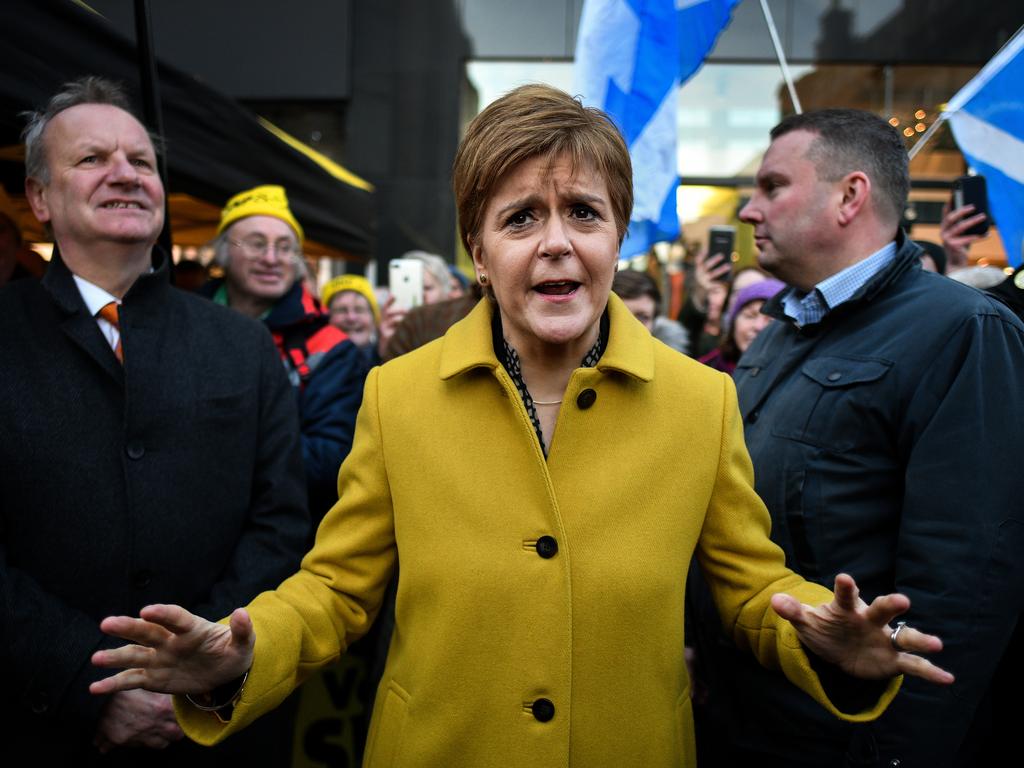
WHAT ARE THE KEY ISSUES FOR VOTERS?
Brexit, the NHS, environment, crime, immigration and the economy are the major issues for voters in this election.
The Conservative manifesto vows to “get Brexit done in January” and promises extra funding for the NHS, 20,000 more police, an “Australian-style points-based immigration system”, net zero emissions by 2050 and no raises in income tax.
Labour wants to start a Green Industrial Revolution, hold a second vote on Brexit, provide a real living wage of £10 an hour with more money spent on social care paid through by tax rises for those earning over £80,000 a year.
The Liberal Democrats want to stop Brexit happening at all, switch to 80 per cent renewable energy by 2050 and provide free childcare from nine months.
Terror, policing and sentencing laws have also shot to the top of the agenda after the November 29 terror attack on London Bridge in which convicted terrorist Usman Khan killed two people while on parole. He had been released halfway through his sentence after plotting to blow up the London Stock Exchange and was on a prisoner rehabilitation course when he carried out the killings.

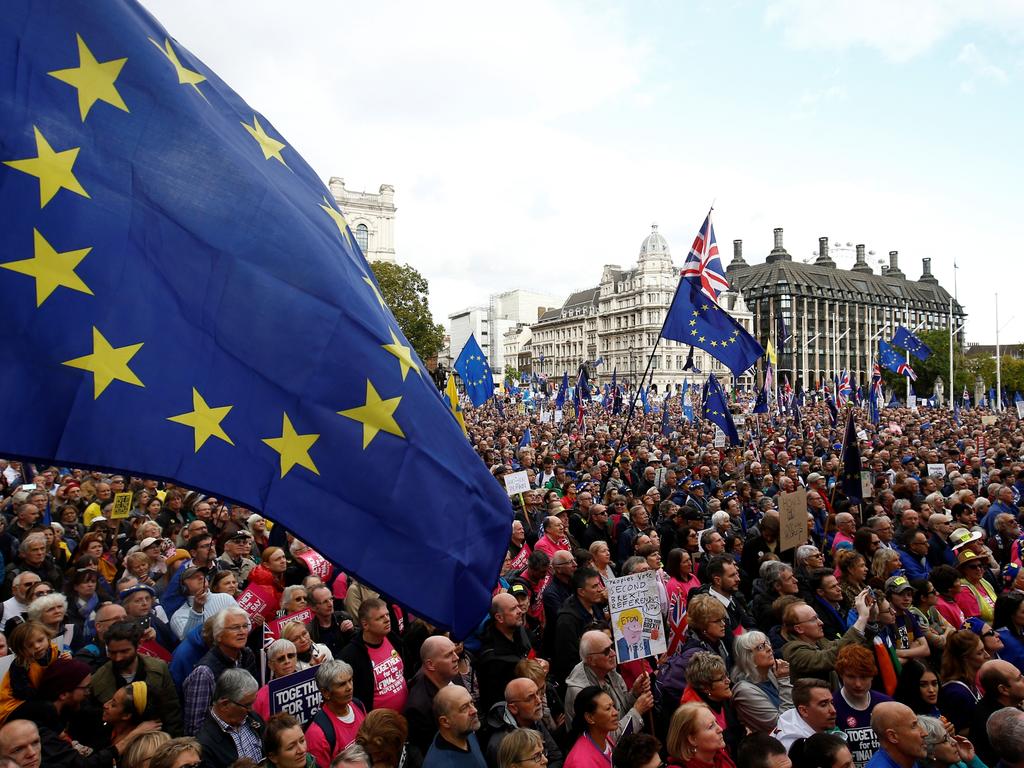
WHAT DO THE POLLS SAY?
Polls show Conservatives are ahead with around 43 per cent of the vote, equating to roughly 359 seats.
Labour is on around 32 per cent or 211 seats with the Liberal Democrats on 14 per cent or 13 seats. The Brexit Party, Greens and SNP are each polling around 3 per cent of the vote.
WHY THE DECEMBER ELECTION DATE MATTERS
It might sound trivial, but pollsters fear holding the election on a dark and cold Thursday in December could significantly affect turnout.
Voting is not compulsory in the UK so there are some fears a cold, wet Thursday – when many people might be travelling for Christmas holidays – could lead to many opting to stay indoors with a mulled wine instead.
WHEN WILL WE KNOW THE RESULT?
The first major exit poll will be published just after voting ends at 10pm on Thursday, December 12 (around 9am on Friday AEDT). This should tell us whether the Conservatives have won or if a more complex picture is likely to emerge.
Actual results will flow through in the hours after that with a result usually announced by Friday afternoon AEDT, or in the early hours of Friday morning UK time.
The largest party has the right to try and form a government, and will visit the Queen who will invite them to do so. What happens after that, is anyone’s guess.
Continue the conversation on Twitter @Victoria_Craw | Victoria.craw@news.com.au




